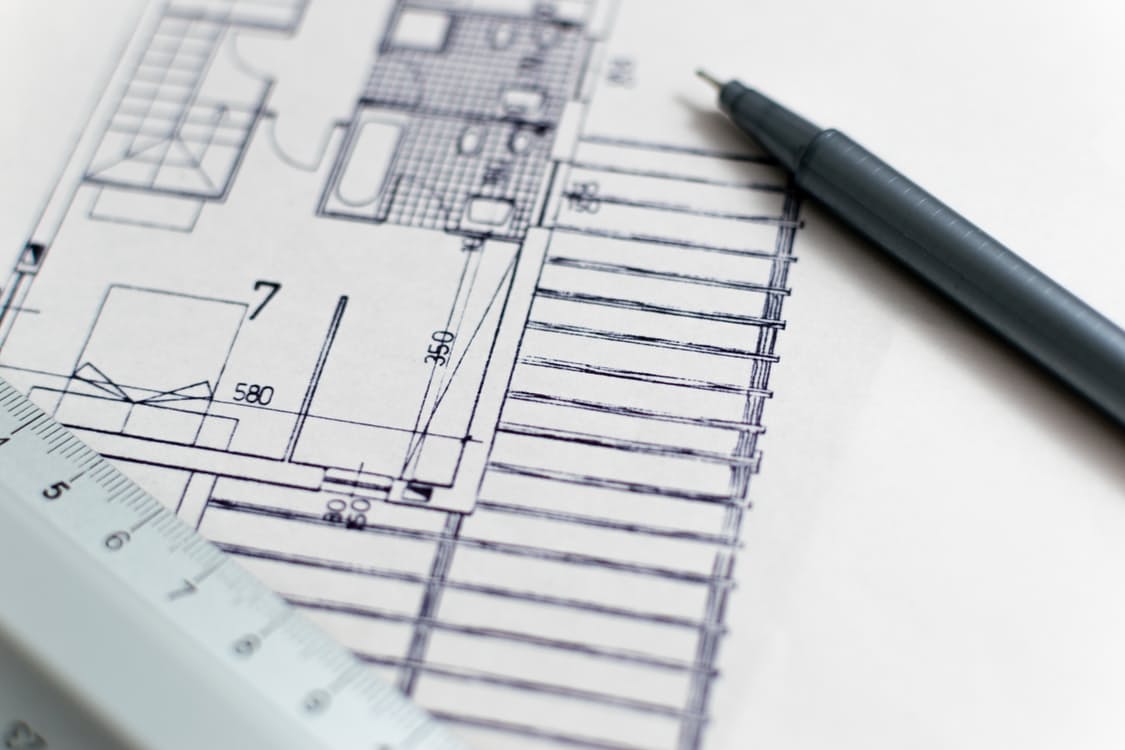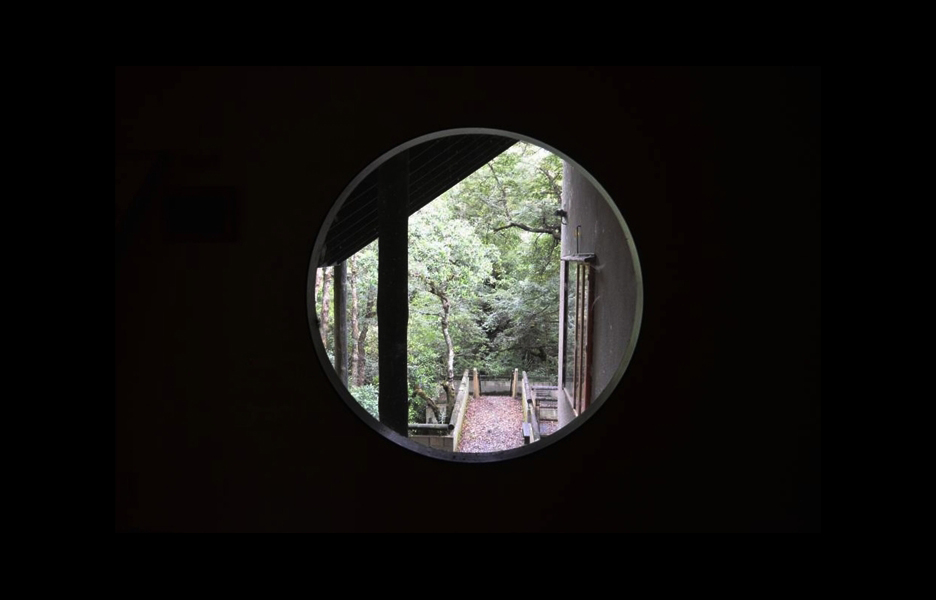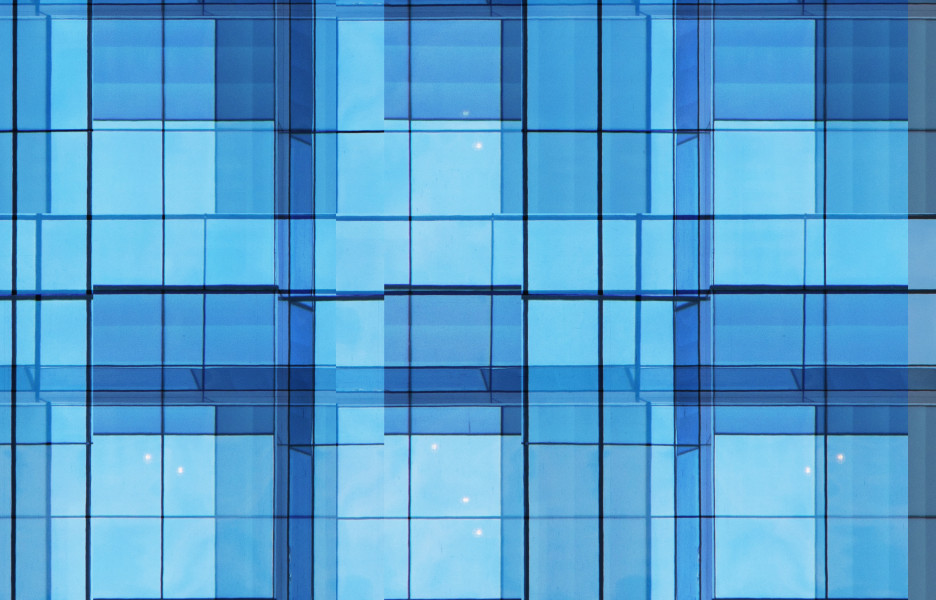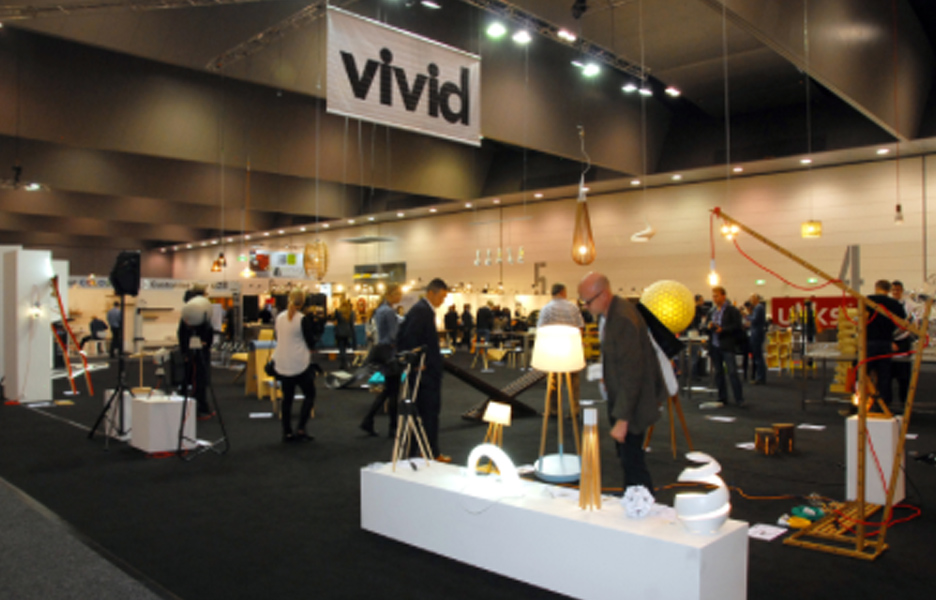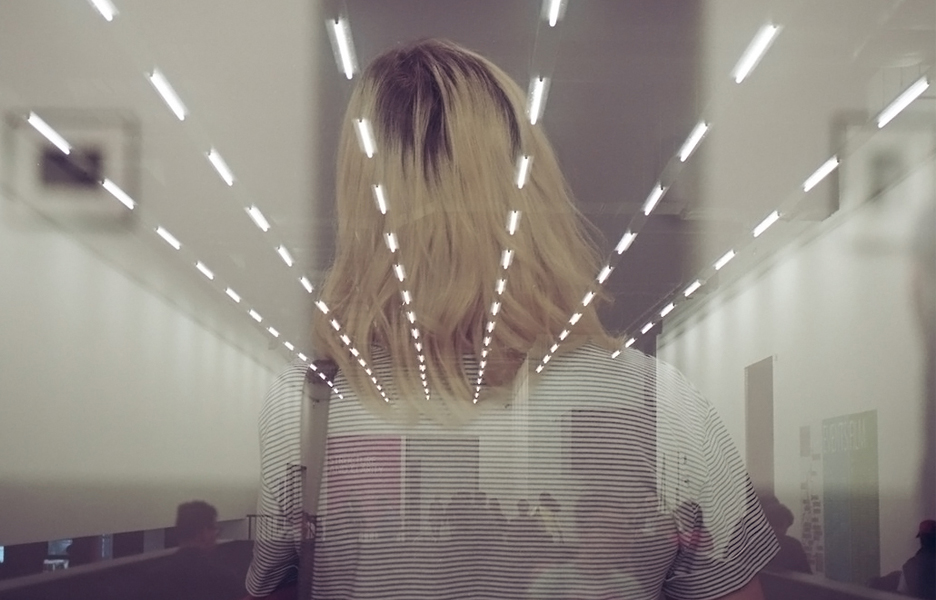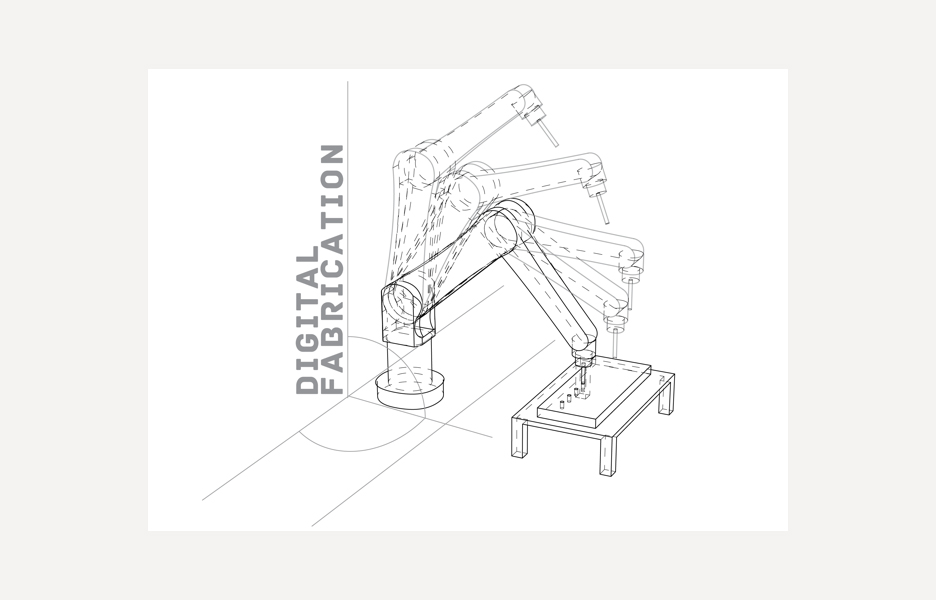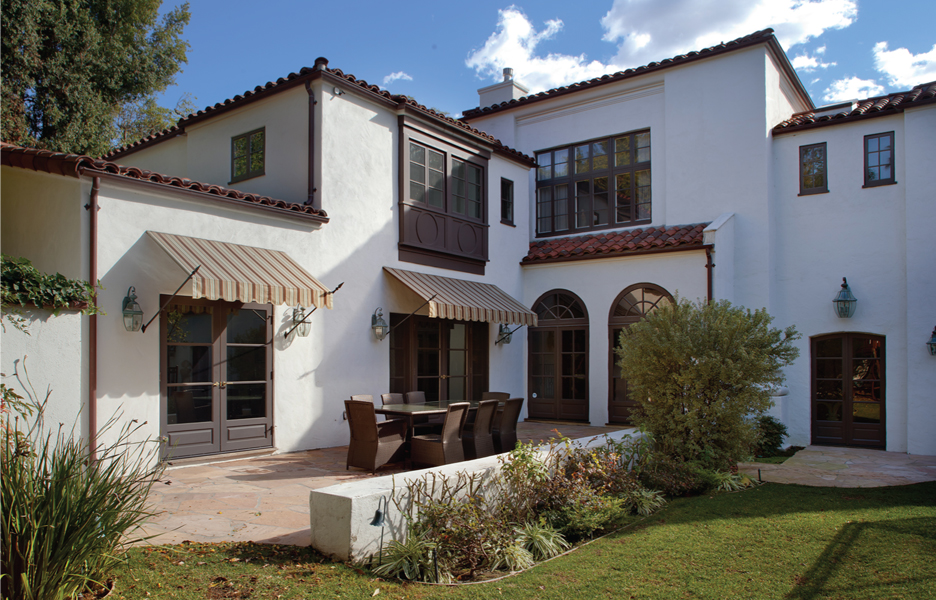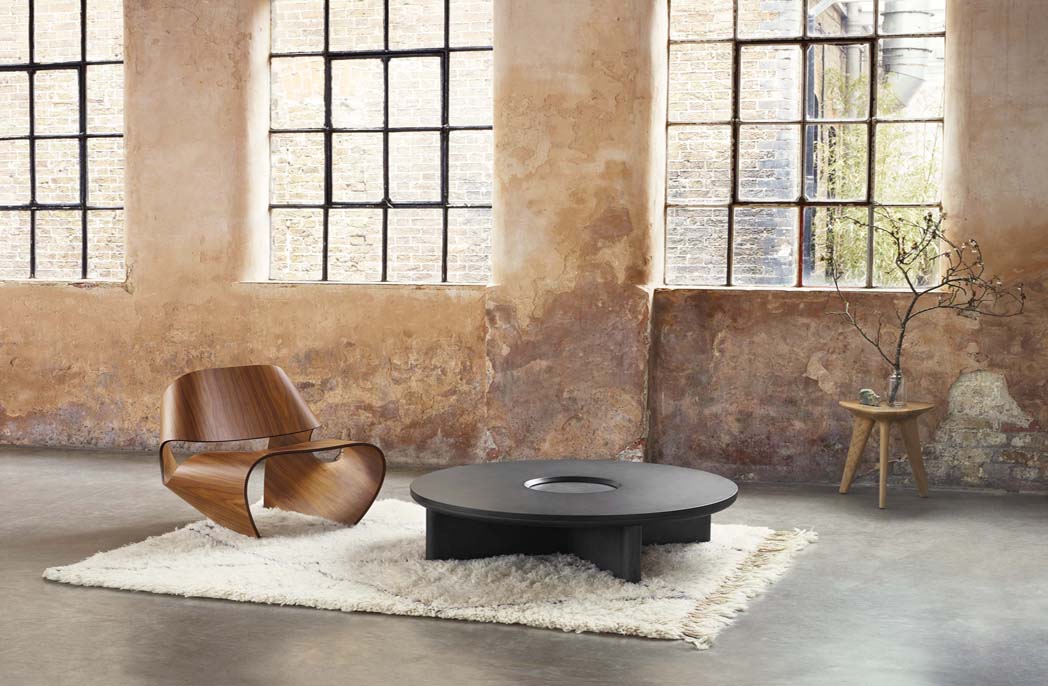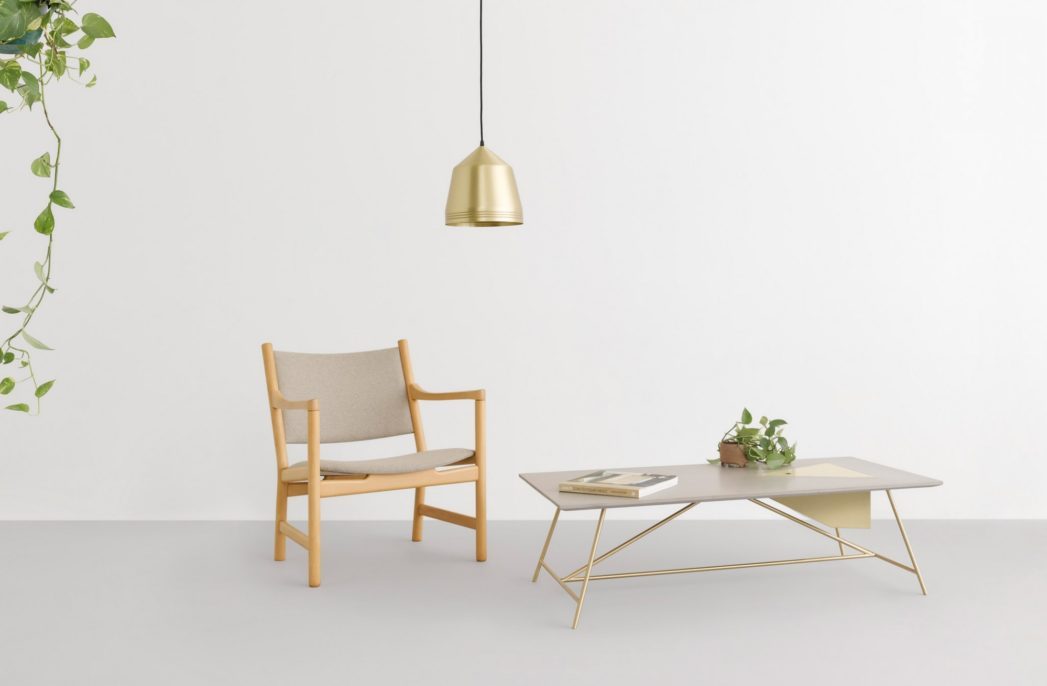
Australian workplace design is for the future, not just for show
Australian workplace design is for the future, not just for show
Share
Is Australia spoilt for choice when it comes to having the most progressive workplaces in the world? According to Hassell’s Domino Risch and Anthony Dickens, compelling evidence points to the level of innovation in Australian workplaces as being higher, on average, than anywhere else.
It’s something we should be proud of, particularly when talking about our local design talent and the ambitious goals of Australian clients. But does this mean that we are ‘leading the way’ or are we simply delivering diverse outcomes for different clients?
To test this theory, Hassell set out on two global research tours visiting workplaces in San Francisco, Los Angeles, New York, Seattle, London, and Amsterdam. We visited some of the biggest start-ups and long-standing companies in the world including Microsoft, Amazon, Airbnb, and WeWork.
We realized fairly quickly that what we saw was a bit disappointing and that we weren’t able to find much that surpasses what Australia is doing. This isn’t to say Australia is perfect, just that Australia is already thinking beyond the traditional understanding of workplace strategy and design on a global level.
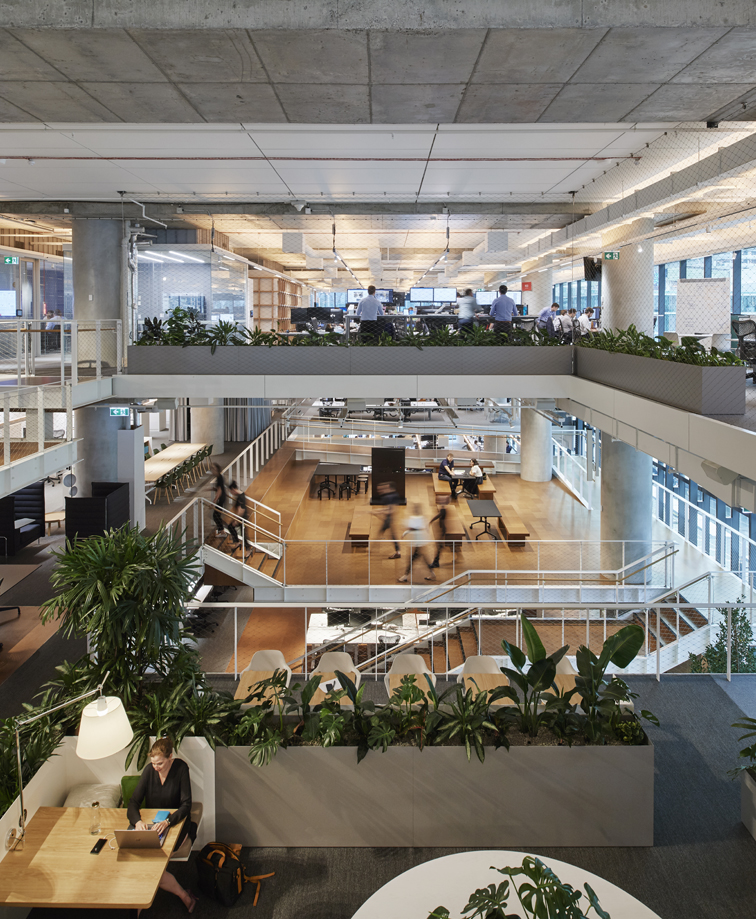
Arup Melbourne by Hassell. Image by Earl Carter
From the early 2000s, our financial services industry was instrumental in leading this change and helped to push the thinking around workplace design. The strategies and design discussions about what kind of spaces people need to perform a variety of different tasks in the different ways that they work were already occurring – before what we now know as Activity-Based Workplace environments were a ‘thing’.
This was the start of a decades-long conversation that Australia has been having between its designers and its banks, law firms, professional services, tech companies, and corporates large and small about how to get better efficiency and effectiveness within a workplace.
Generally speaking, the lease cycles in Australia and Asia are shorter than in Europe and the U.S. It is not uncommon in the U.S and Europe to find large tenants staying in the same location for 30+ years.
Shorter leases lead to a much more rapid cycle of transformation. With this comes a desire to challenge the status quo and to do more for less, because of this the Australian market has arguably seen a lot more project work, leading to a lot more development in thinking, creativity, experimentation, testing, and innovation in that space.
In contrast, designing spaces that actively encourage collaboration was not something that was overly prevalent on the global workplace tour. Collaboration is, however, an overused word in many aspects. It means anything from a meeting room with a horrible table and chairs to having a cup of coffee together or talking on Skype over the phone. It means a lot of things to a lot of people.
The best examples of where physical space matches a strategic aspiration for collaboration and focus spaces is when there’s a variety of spaces that allow people to choose the mode of working, including technologically as well as in person, informally or formally.
Surprisingly, this is where Silicon Valley misses the mark. It is full of grey workstations worthy of a Dilbert cartoon and staff talking about all the added perks like free food, table tennis, and bean bags. There is a reason for this though, it’s because there’s nothing else around. These spaces have bells and whistles because they need to entice the talent amidst desolate urban amenity and planning.
To get the top talent, Australian companies have realised that they have to offer more to compete at the same level as the bigger, more recognizable, international brands. But competing through design, offering more than just free food, table tennis tables, and bean bags. It’s about offering a different proposition.
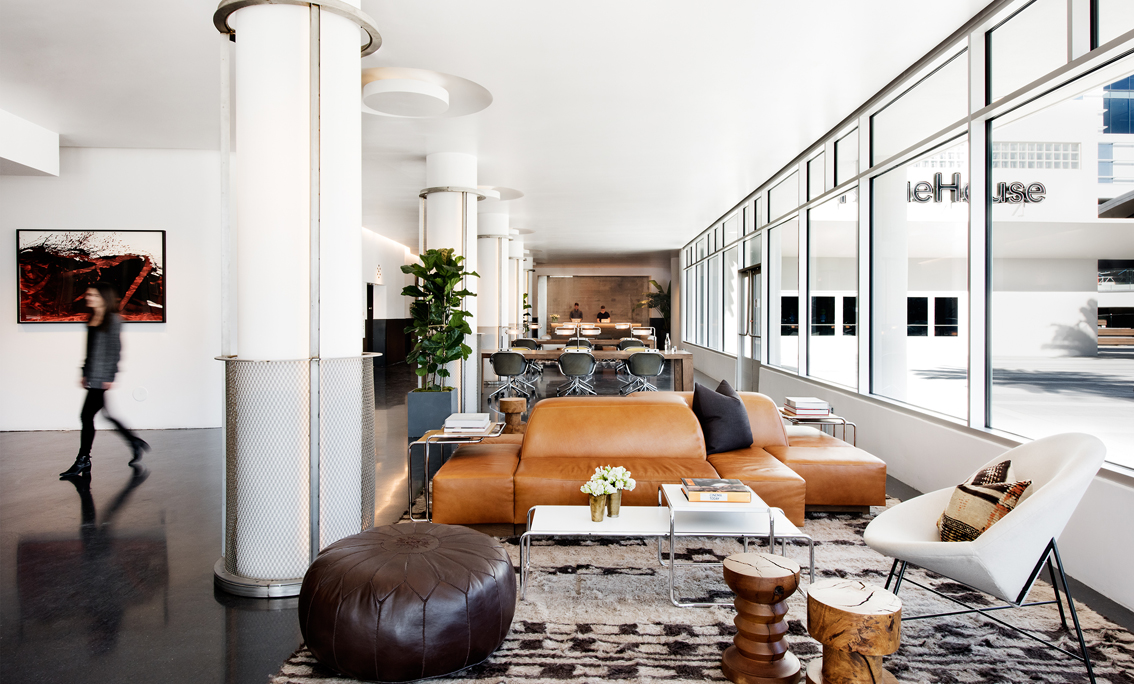
NeueHouse Hollywood. Image by Emily Andrews
In comparison, one of the highlights, co-working space NeueHouse in Los Angeles, has created a space that is not only well thought out in terms of workplace strategy and operations, but is also very beautiful. Located in a 1930s Art Deco style building on Sunset Boulevard (the same building that CBS used to film I Love Lucy in), the co-working area inside is specifically set up for film, creative, and the fashion industry.
Memberships are by referral only, so the users of the space have an inherent alignment with the quality of the surroundings. A great example of how aesthetic aspiration doesn’t have to be compromised by functional need. However, most U.S. workplaces we visited had a tendency to place emphasis on client experience at the fringe of the workplace, making it something that you pass through, but then the experience is forgotten for the everyday person working there.
This results in a feeling of superficiality, not reflective of the brand holistically. It feels like it’s for show and in order to match the external brand, but not the internal
or employee brand.
When done right, an experience-led design process considers all the people who might interact with an organisation, whether they’re from the public, walking in off the street, as a customer might. Or whether they’re a long-standing client, or an employee, or someone searching the company’s web page for information. It needs to be a positive and impactful experience, considering feelings, emotions, and that engages the senses.
What do you want to give them in return for paying attention to your organisation in some way, shape, or form? That experience doesn’t necessarily have to be led by novelty. But whatever it is, it must be authentic to purpose and focused on the way people experience that space over time.
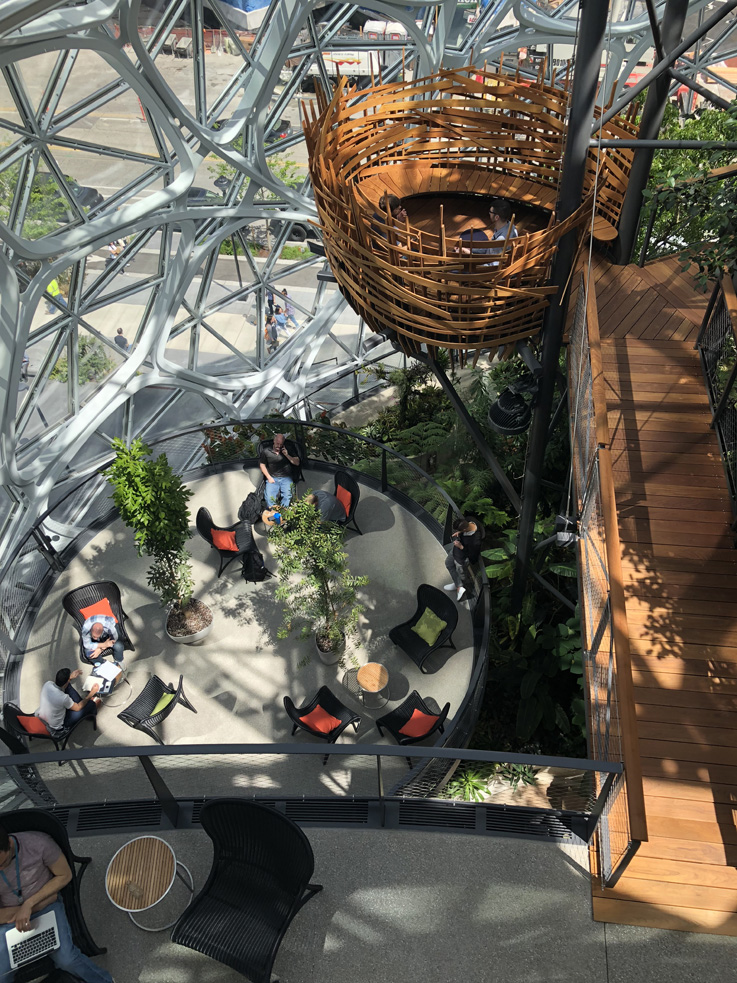
Amazon Spheres
The Heineken Brewery Centre in Amsterdam, whilst not necessarily a traditional workplace, was a prime example of combining both staff and guest experience. Their offering focuses on engaging with people and creating moments of joy, looking at different ways to get the community and staff involved in different activities.
What it shows is that you can use high and low technology. You can make it fun, and you also get to drink a beer. But it is in line with the brand, and it tells the brand’s story, where they have come from, and where they are going. Their approach immerses visitors in the Heineken brand through experience and some of those aspects can be distributed throughout other types of workplaces.
So while we’re confident that Australia is still leading the way – what’s next? Is it possible to be a leader in workplace design into the future, given the interconnected environment we live in and the high levels of knowledge sharing?
As an international design practice, we’ve seen many spaces and have worked with a diverse range of clients, across multiple locations. Through conversations with clients and peers, post-occupancy studies on projects, multiple award wins, and industry and media commentary, we had a theory. Are Australian workplaces leading the way in workplace design? Are they as progressive as we think? Were they ever?
We think they were, and we think they still are. But we also have the opportunity to take it to the next level. By focusing on experience, wellbeing, brand, and the next generation of workers, Australia can continue to pave the way for progressive workplaces and have an impact that’s bigger than Bezos’ Spheres.
Domino Risch is a principal at Hassell, while Anthony Dickens is senior associate.
Main image by Nicole England
You Might also Like


